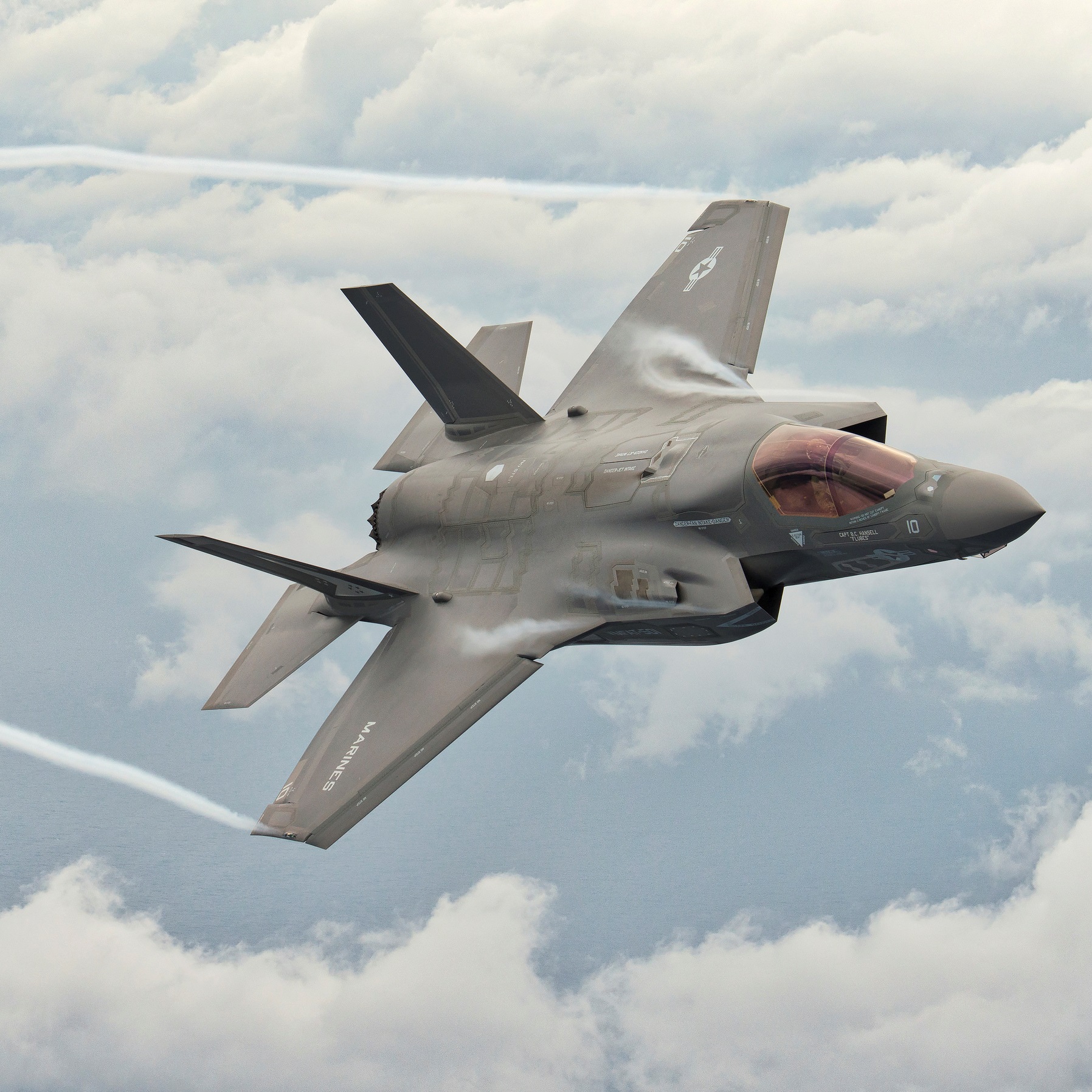Military
Does Lockheed Martin Profit More From War Than Any Other Company?

Published:
Last Updated:

Senator John McCain, chair of the Armed Services Committee, recently proposed that the defense budget rise to $640 billion, a huge jump from previous years. The committee suggested that spending increase across all four branches of the military, as well as special forces. As the largest government contractor and a military procurement behemoth, Lockheed Martin Corp. (NYSE: LMT) would certainly get a boost from a higher defense budget.
The Stockholm International Peace Research Institute (SIPRI) estimates arms sales for companies around the world using financial documents and reports of sales to national ministries and departments of defense. U.S.-based companies continue to dominate the defense market, a trend that is unlikely to change meaningfully any time soon.
24/7 Wall St. recently reviewed the 20 companies with the largest arms sales in 2015. Virginia-based Lockheed Martin’s arms sales totaled more than $36 billion, by far the most of any company:
1. Lockheed Martin Corp.
> Arms sales: $36.44 billion
> Total sales: $46.13 billion
> Profit: $3.61 billion
> Employees: 126,000Maintaining its position as the world’s largest defense contractor, Lockheed Martin’s revenue from arms sales totaled $36.44 billion in 2015. The company’s reach into military and defense technology is difficult to overstate. Lockheed and its subsidiaries manufacture many of the U.S. military’s workhorses, including the F-16 and F-22 fighter jets, the Black Hawk helicopter, and the Vector Hawk unmanned drone. The company also designs and manufactures air-to-air missiles and missile defense systems.
Like many other major defense contractors, Lockheed’s biggest customer is the U.S. government — accounting for 78% of the company’s 2015 net sales, the vast majority of which came from the DoD.
The F-35 jet fighter program, the company’s largest, accounted for 20% of total net sales in 2015. Despite the widely expected increase in military spending under President Trump, he actually has vowed to cut spending on the F-35 program.
Lockheed Martin also is one of the few remaining contenders in the race for a $16 billion U.S. Air Force contract to supply 350 new T-X training jets. Lockheed has partnered with Korea’s KAI on a modified version of KAI’s T-50 training jet. Rival Boeing Co. (NYSE: BA), which came in second on the list of companies profiting most from war with nearly $28 billion in arms sales, has teamed with Saab on a clean-sheet design for the T-X.
To identify the companies profiting the most from war, 24/7 Wall St. reviewed data in the latest SIPRI Top 100 Arms-Producing and Military Services Companies report. Due to a lack of sufficient data, SIPRI excluded Chinese companies from its report. Employment data, profit figures and arms sales as a percentage of total sales also came from the SIPRI report and are for the 2015 calendar year. Other company-specific data were obtained from annual financial reports.
Check out 24/7 Wall St.’s 20 Companies Profiting From War the Most to see the full list, as well as 15 Companies Making the Most to see how Lockheed Martin ranked among government contractors.
Start by taking a quick retirement quiz from SmartAsset that will match you with up to 3 financial advisors that serve your area and beyond in 5 minutes, or less.
Each advisor has been vetted by SmartAsset and is held to a fiduciary standard to act in your best interests.
Here’s how it works:
1. Answer SmartAsset advisor match quiz
2. Review your pre-screened matches at your leisure. Check out the advisors’ profiles.
3. Speak with advisors at no cost to you. Have an introductory call on the phone or introduction in person and choose whom to work with in the future
Thank you for reading! Have some feedback for us?
Contact the 24/7 Wall St. editorial team.